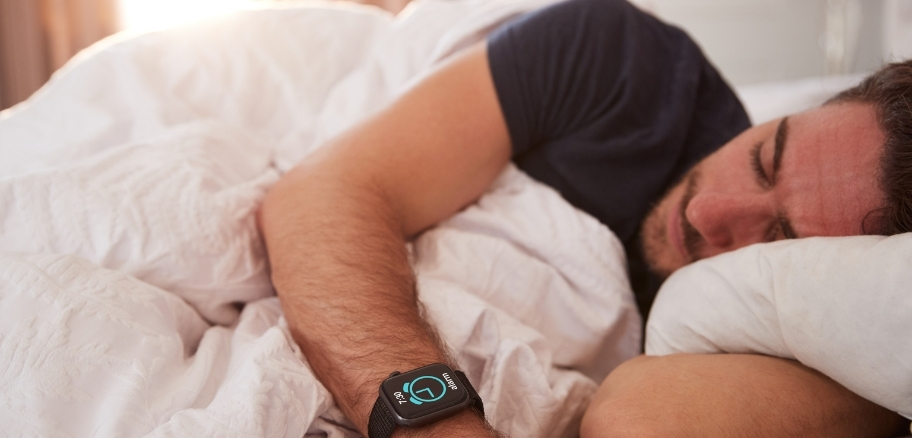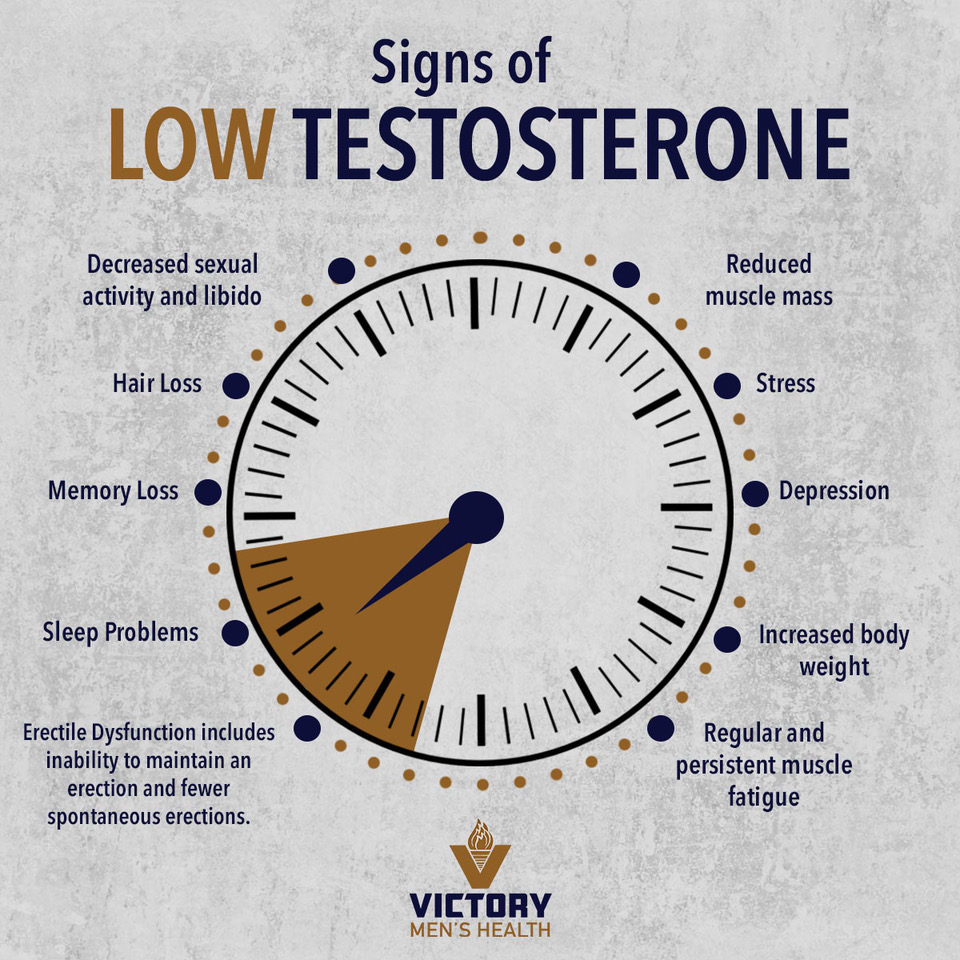Strategies to Promote Better Sleep
category: Health Optimization

Think to yourself…when was the last time you got a great night of sleep? From working 40+ hours a week to raising children to navigating life through a pandemic, most of us are struggling in the sleep department. Have you recently heard a friend or a colleague brag about how well rested they are?? That answer is probably no. There are dozens of reasons as to why we’re not getting what we need and a lot are out of our control. On the nights your toddler or your dog aren’t crawling into your bed keeping you awake, do you have the proper sleep hygiene practices to ensure a good night’s rest?

Blue Light
To say daily exposure to screen time has increased dramatically over the years is an understatement. Technology advancements have helped streamline and advance our daily lives but not without cost. Artificial blue light from the screens can affect sleep by throwing off our natural circadian rhythm because it suppresses melatonin, a hormone that influences our biological clock for sleep. Blue wavelengths (Blue Light) are actually beneficial and necessary for boosting attention, reaction times and mood during the day but are disruptive at night, especially after the sun sets. There are studies suggesting that blue light has other harmful side effects aside from sleep. A Harvard study sheds a little bit of light on the possible connection to diabetes and possibly obesity. The researchers put 10 people on a schedule that gradually shifted the timing of their circadian rhythms. Their blood sugar levels increased, throwing them into a prediabetic state, and levels of leptin, a hormone that leaves people feeling full after a meal, went down.
How to protect yourself from blue light at night:
- Use dim red lights for night lights. Red is less likely to alter circadian rhythm and suppress melatonin
- Avoid bright screens 2-3 hours before bed
- If you work at night with electronic devices, consider blue blocking glasses or downloading apps that filter blue/green wavelength at night
- Expose yourself to as much bright light during the day as you can to boost your ability to sleep at night and improve your mood/alertness during daylight
Sleep Apnea
Sleep apnea is a condition marked by abnormal breathing during sleep and is believed to affect 2-9% of adults in the US. The most common form of sleep apnea, Obstructive Sleep Apnea (OSA) occurs when the airway at the back of the throat becomes physically blocked leading to temporary lapses of breath or multiple extended pauses in breath when they sleep. This causes lower-quality sleep resulting in fatigue, restless sleep/insomnia, decreased libido and erectile dysfunction. OSA affects the body’s supply of oxygen, leading to more serious health consequences and frequently goes undiagnosed due to the person not being aware they have it as they are asleep for their symptoms. Often times, the partner of the person with symptoms will notice they stop breathing in their sleep followed by a noisy breath and gasps for air or loud snores. If you think you may have this condition, the best option would be to get a sleep study done for a diagnosis.
Treatment aims to normalize breathing during sleep and address any underlying health problems; often weight loss is recommended. The options will depend on the cause and severity of symptoms and lifestyle modifications are critical steps to normalizing the problem.
Alcohol
It’s been proven that overconsumption of alcohol is detrimental to our health overtime, but a common misconception is it helps with sleep. More people use alcohol than any other sleep aid in the world due to the initial sedating effects helps the onset of getting to sleep. However, over the course of the night, alcohol is metabolized and stimulant effects kick in which often leads to sleep disruptions in the later part of a night’s sleep. Studies have shown that alcohol consumption increases both alpha and delta brain waves simultaneously. Alpha waves are present in a waking brain and delta waves are present during deep, slow-wave sleep. The push-pull between both states may result in disrupted sleep and over time by pre-sleep alcohol can have significant detrimental effects on daytime wellbeing and neurocognitive function such as learning and memory processes. Alcohol consumption before sleep also increases risk for obstructed sleep apnea by 25% for people who consume moderate or higher amounts of alcohol compared to people who consume lower or none at all.
The take home message here is that alcohol is not actually a particularly good sleep aid even though it may seem like it helps you get to sleep more quickly. The fact is the quality of sleep you get is significantly altered and disrupted. Depending on your size, did you know that it takes about 1 hour to digest an alcoholic beverage? Stopping alcohol intake 3 hours prior to bedtime is essential to ensuring it doesn’t disrupt your night’s sleep.
Caffeine
Caffeine is a huge sleep offender. People don’t realize it, but the half-life of caffeine is between 6 and 8 hours. If you have a cup of coffee at 4PM in the afternoon, half of that coffee is still on board at 11PM that night! You may think that you can handle the stimulant and that it doesn’t have an effect on your sleep when the truth is that the quality is directly affected. Similar to alcohol, caffeine prohibits your ability to get into sleep stages 3 and 4. These stages are essential to overall recovery and is when physical restoration happens (aka our “beauty sleep”). Caffeine is a stimulant and there’s no other way around it. Being cognizant of your intake and stopping by 2PM to avoid disruption is a good rule of thumb to follow.
Odds are against us when it comes to sleep and controlling what you can is imperative to overall health. Improving sleep hygiene has little cost and virtually no risk, so why not make it a priority to fix? Take a step back and evaluate your daily lifestyle to put yourself in the best position to sleep well every night.
Sources